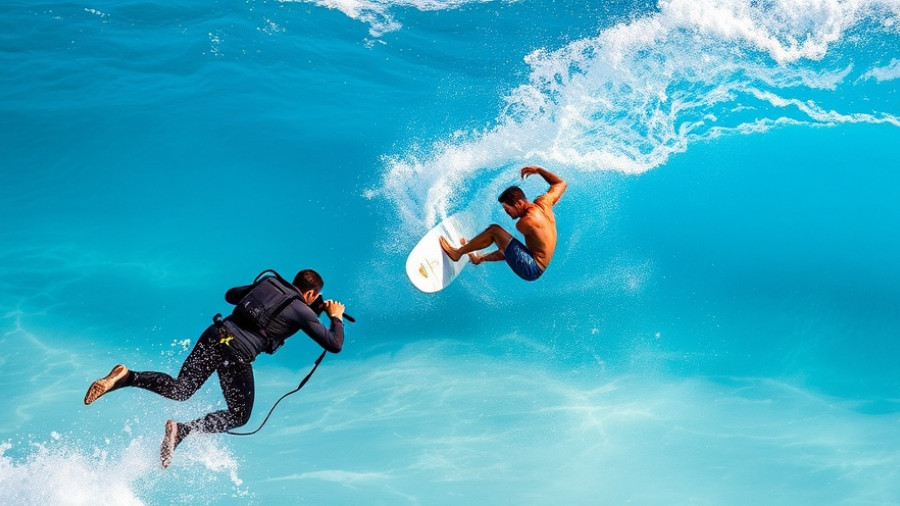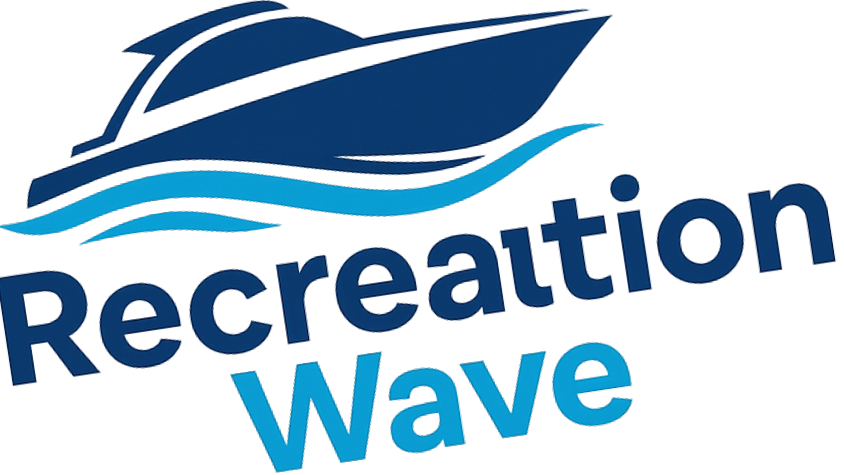
A Nostalgic Flash: Remembering the Backhand Layback
As waves crash along the shores of surfing's history, we are reminded of the art of the backhand layback. A move once adored by surfing legends, it now holds a special place in the hearts of veterans and newcomers alike. Surfers like Clay Marzo and Ian Crane have breathed new life into this classic maneuver, combining nostalgia with modern flair.
What Makes the Backhand Layback Special?
The backhand layback is infamous for its difficulty and artistry. Surfers often liken it to a dance; the surfer's body flows with the wave, creating a mesmerizing visual showcased by talented artists of the sport. Echoing the words of Glen “Mr. X” Winton, the layback is not merely about catching a wave; it's about feeling the wave and becoming one with it. This homage pays tribute to those who paved the way to revive and innovate classic moves that can seem almost extinct.
How the Backhand Layback Evolved Over Time
Tracking the evolution of the backhand layback reveals a fascinating journey. In the 1970s and ‘80s, surfers like Simon Anderson and Dane Keolaha showcased this technique at famous surf spots, mastering the challenge of marrying style with effectiveness. As surfing evolved with the rise of forehand techniques, the layback became less common. Today, however, the sheer beauty and challenge of the layback has inspired a new generation of surfers to embrace its intricacies.
Modern Practitioners Carry the Torch
Names like Mason Ho and Nyoman Satria stand out in contemporary surfing for their commitment to the layback. Ho has shown us how this technique can be integrated into modern tricks and styles, making older surfing methods relevant today. These surfers emphasize the importance of creativity and individuality in the water, demonstrating that the backhand layback remains a potential avenue for expression.
Tips for Mastering the Backhand Layback
In order to conquer the backhand layback, consider the following tips inspired by pros like Jack Robinson and Aritz Aranburu:
- Stick Close to the Wave: When preparing for a layback, ensure you're as close to the wave as possible to maintain momentum and control.
- Use the Outside Rail: Grabbing the rail is crucial; it helps with body compression and aids in weight distribution.
- Stay Calm and Composed: Whether in a barrel or setting up for a layback, remaining calm allows you to react fluidly to the wave’s movements.
A Call to the Surfing Community
As we reflect on the backhand layback's unique beauty, it's essential for us as a surfing community to embrace techniques that celebrate individuality, style, and nostalgia. Be inspired by the greats, and allow the waves to guide you toward embracing your creative voice in mastering this extraordinary maneuver. Remember, every wave is a chance to express your passion, so let’s share our stories and keep the spirit of the backhand layback alive!
 Add Row
Add Row  Add
Add 




Write A Comment